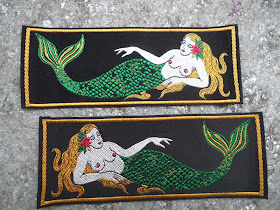Today I have another video that was produced and filmed by the Swiss Army. This video is dated 2010.
Here is one more short video that covers the Swiss Army pack horse units. The video was filmed and produced by the Swiss Military and is about 1 1/2 minutes long...... and in English. It's extremely good!

































































